The effectiveness of thread embedding for weight loss varies from person to person, but overall, it is an auxiliary weight loss method suitable for specific populations that requires a combination of diet and exercise to achieve the desired results. Embedding absorbable threads into specific acupoints can stimulate meridians, regulate metabolism, suppress appetite, and help with weight loss. But the effect is influenced by individual differences, operational techniques, lifestyle habits, and other factors.
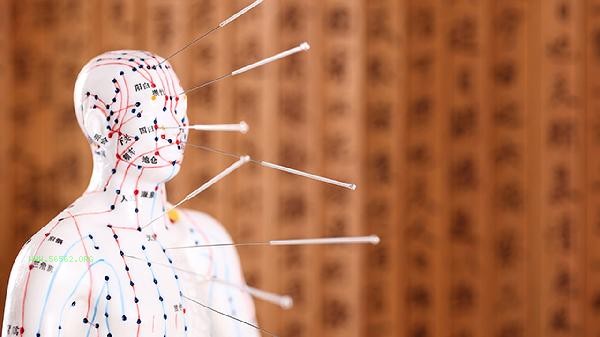
1. The principle of thread embedding for weight loss
Thread embedding for weight loss is a traditional Chinese medicine weight loss method that involves embedding absorbable catgut or polymer thread at specific acupoints to continuously stimulate acupoints, regulate endocrine function, and promote fat metabolism. Acupoint stimulation can suppress appetite, reduce calorie intake, and increase basal metabolic rate, helping to burn more energy. The treatment course for thread embedding weight loss is usually 2-3 times, with an interval of 2-4 weeks between each session, and the specific effect varies from person to person.
2. Target audience for thread embedding weight loss
Thread embedding weight loss is suitable for people who are overweight, have slow metabolism, and have difficulty controlling their diet. For obesity caused by endocrine disorders, thread embedding for weight loss may have a certain regulatory effect. However, pregnant women, lactating women, patients with severe heart disease, and those with skin allergies are not suitable for thread embedding for weight loss. Embedding thread to lose weight is not an immediate solution, it requires a combination of dietary control and moderate exercise to achieve better results.
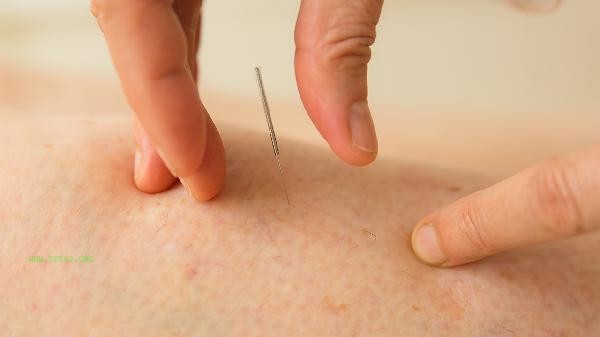
3. Precautions for thread embedding for weight loss
Thread embedding for weight loss should be carried out in a formal medical institution, and qualified doctors should be selected to operate to avoid infection or adverse reactions. After embedding the thread, there may be slight swelling, pain, or bruising, which usually subsides on its own within 1-2 days. After surgery, it is important to maintain local cleanliness, avoid vigorous exercise, and maintain a light diet with less intake of high calorie foods. If severe discomfort occurs, seek medical attention promptly.
4. Limitations of thread embedding for weight loss
The effect of thread embedding for weight loss is not permanent and requires regular maintenance. For severely obese individuals, thread embedding for weight loss may have limited effectiveness and should be combined with other weight loss methods. The effect of thread embedding for weight loss is closely related to individual physical fitness and lifestyle habits. If poor dietary habits or lack of exercise are not changed after surgery, the weight loss effect may not be ideal.
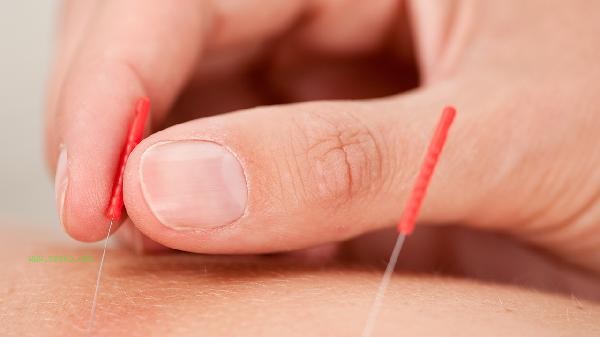
As an auxiliary weight loss method, thread embedding is suitable for specific populations, but it is not a panacea. The effect varies from person to person and needs to be combined with dietary control and moderate exercise to achieve the desired effect. Before choosing buried thread for weight loss, it is important to fully understand its principles, indications, and precautions, and to seek medical attention from a reputable medical institution. For severely obese individuals, it is recommended to consult a professional to develop a comprehensive weight loss plan to ensure health and safety.

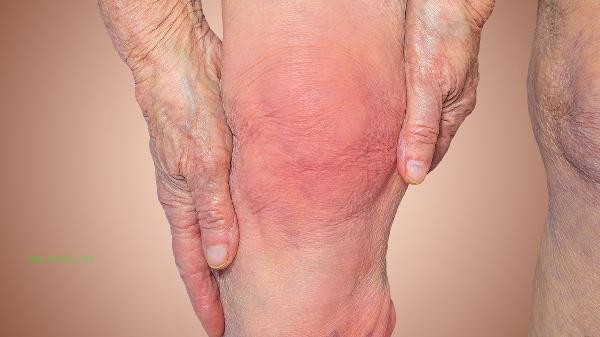
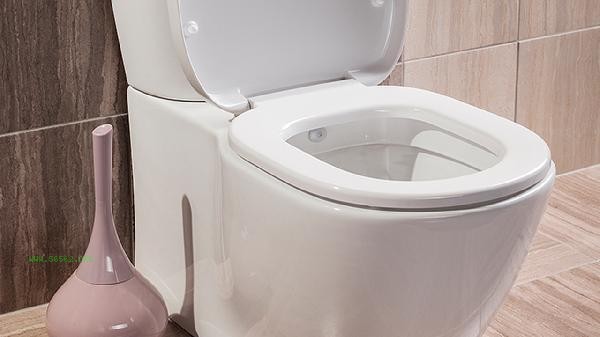
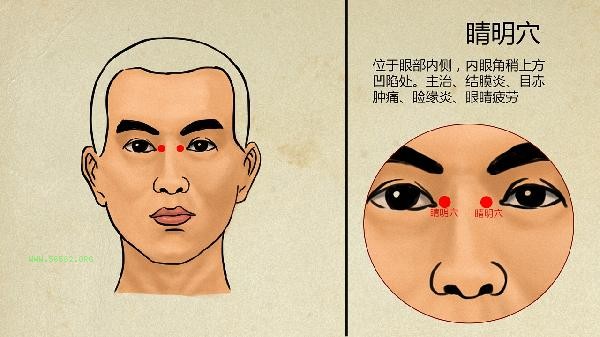

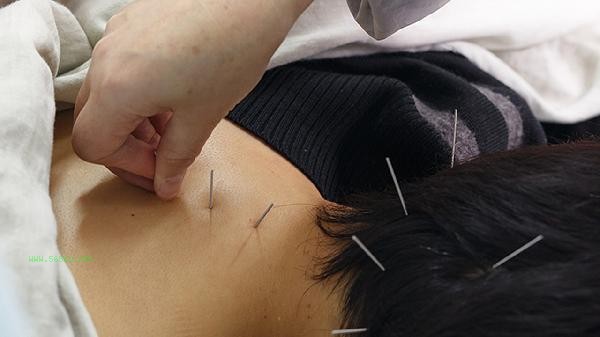


Comments (0)
Leave a Comment
No comments yet
Be the first to share your thoughts!